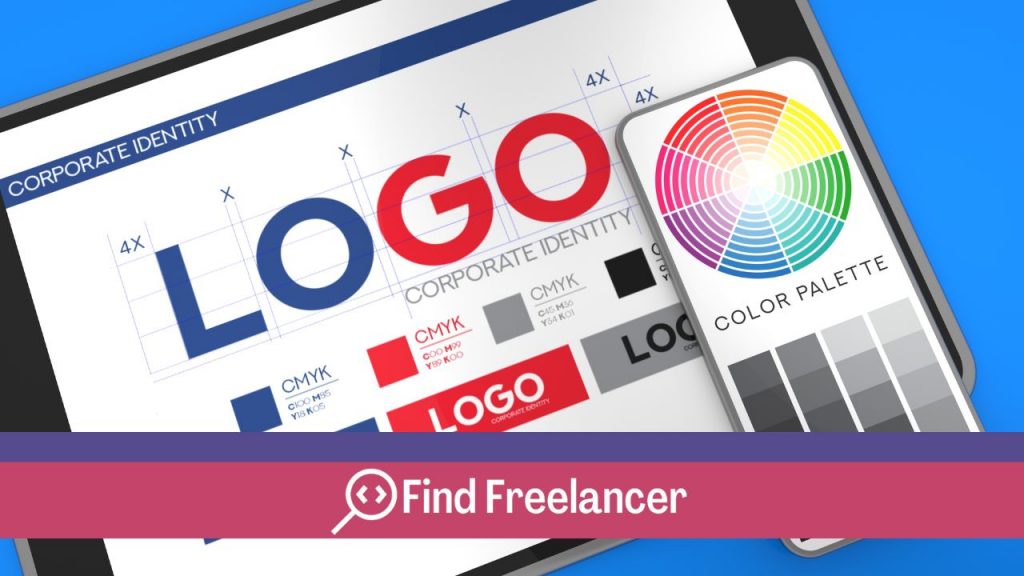Enlarging a logo without losing its quality is a crucial challenge for any company concerned about its brand image. In this article, explore essential strategies for maintaining your logo’s visual integrity when enlarged. We look at the importance of vector formats, the risks associated with excessive resizing and the use of specialized software to ensure optimum quality. Discover practical tips to ensure your logo retains its sharpness and visual impact.
Importance of vector format for enlargement without loss of quality
The vector format is essential for enlarging a logo without compromising its quality. Unlike raster formats, such as JPEG or PNG, vector files store information based on mathematical formulas. These formulas enable vector images to retain their sharpness and clarity when enlarged. They are not based on a grid of pixels.
Vector formats represent shapes and lines via curves and trajectories, without individual pixels.
Thus, when you enlarge a vector logo, the curves and lines remain precise and smooth. This, without any loss of quality. This property makes vector formats ideal for logos and other graphic elements requiring frequent resizing. Whether for use on billboards or web banners, the vector format ensures that your logo retains its crisp, professional look, whatever its size.
Risks associated with excessive resizing
Excessively resizing a logo can lead to several risks for its quality and appearance. When you enlarge a logo beyond its initial size, the pixels can be stretched. This results in a loss of sharpness and a blurred appearance. In addition, the fine details of the logo can become indistinct, affecting its legibility and visual impact.
Another risk is pixelation, where the edges of the logo become jagged and crenellated, rather than sharp and smooth. This gives an impression of poor quality and can damage your company’s brand image. In addition, text or graphic elements integrated into the logo may become illegible or distorted. This compromises the communication of your message.
To avoid these problems, resize your logo judiciously and preferably using specialized software. This way, you can maintain the visual quality of your logo while adjusting its size to suit your needs. This, without compromising its professional appearance.
Use specialized software to enlarge your logo
.
To enlarge a logo while preserving its quality, the use of specialized software is recommended. These programs are designed to perform enlargements precisely and optimally, minimizing loss of quality.
Specialized software uses sophisticated algorithms, such as vectorization or interpolation, to enlarge images intelligently, preserving detail and sharpness. Thanks to these advanced features, it’s possible to enlarge a logo without compromising its resolution or clarity.
Furthermore, some software packages offer real-time preview options, allowing you to see the effect of the enlargement before applying it definitively. This gives you greater control over the process and allows you to adjust settings to your specific needs.
By using specialized software, you can therefore enlarge your logo with confidence, knowing that its quality will be preserved and that it’ll retain its visual impact, whatever its final size.
Practical tips for maintaining visual quality when enlarging
To maintain visual quality when enlarging a logo, some practical tips are recommended. First of all, make sure you start with the vector format of your logo, as this allows you to enlarge the image without any loss of quality. Secondly, avoid excessive resizing of your logo, as this can lead to pixelation and loss of sharpness.
If necessary, use specialized software to enlarge your logo accurately and optimally, preserving detail and clarity. Before permanently applying the enlargement, always check the rendering of your logo at different sizes to ensure that it remains sharp and legible.
If necessary, use specialized software to enlarge your logo precisely and optimally, preserving detail and clarity.
Finally, if you need to use your logo at very large sizes, consider working with a professional graphic designer who can manually adjust details to ensure optimal results. By following these tips, you’ll be able to enlarge your logo while maintaining its visual quality and impact.










